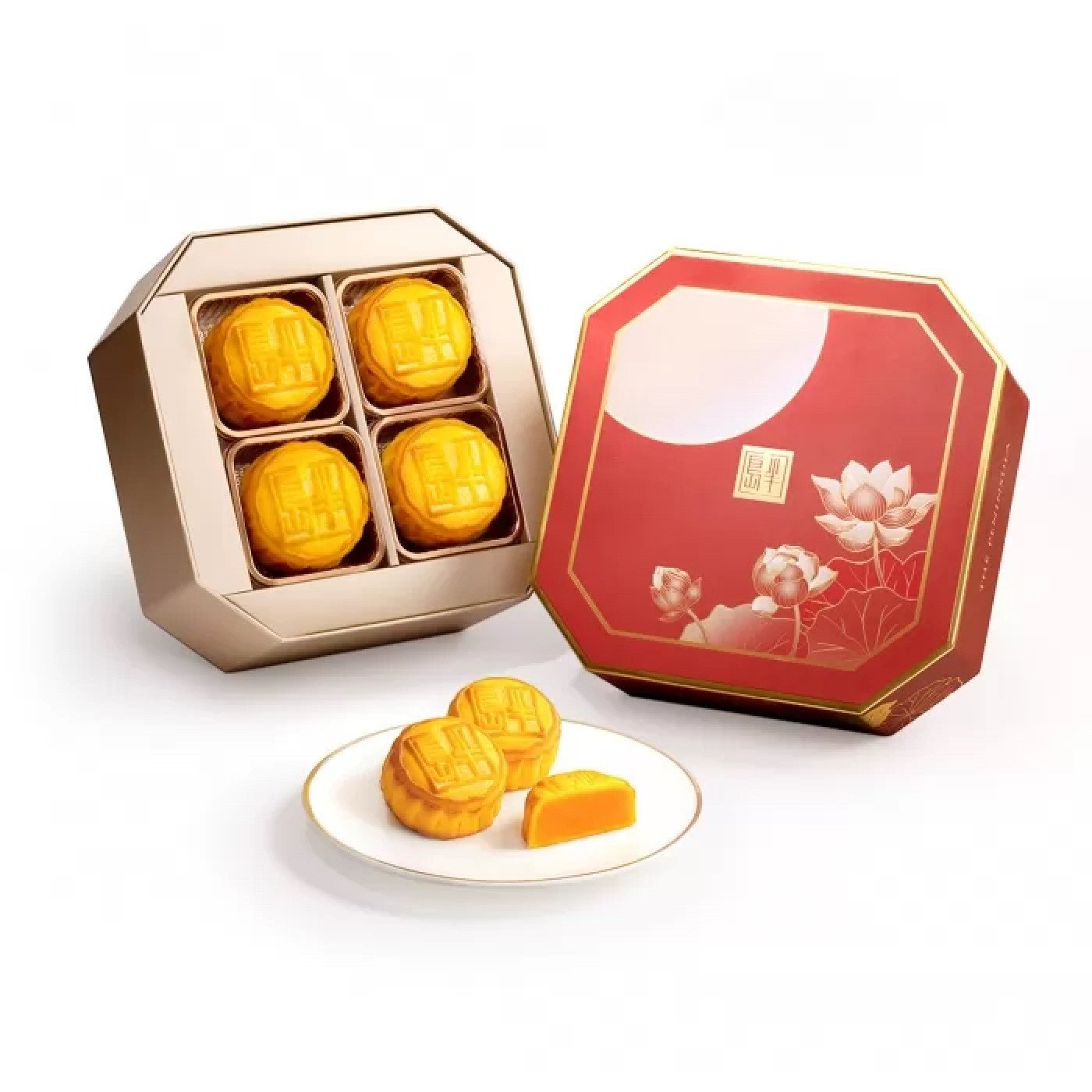
With Mid-Autumn Festival mooncake flavours getting more outrageous, isn’t it time we went back to basics?
- Traditional mooncakes, proper ones, take a lot of crafting, so please stop calling any round puck, such as one filled with beef Wellington or caviar, a mooncake
- Yes, there may be lots of calories in a classic lotus seed paste and salted egg yolk mooncake, but is that reason enough to treat it with disdain?
Every year I feel compelled to defend the mooncake’s honour. The hate towards this traditional Mid-Autumn sweet tends to come around annually, often to the tune of:
“They’re too sweet!” “Who eats them anyway?” “Don’t you know how many calories are in a slice?” “I just don’t get the point of them.”
Some of these naysayers give the modern custard mooncake – defined by a thin, crumbly, cookie crust and a creamy, eggy centre – a free pass, though, citing it as an example of pastry evolution – an improved specimen far superior to the old-fashioned, stodgy lotus seed mooncakes.

Back when it was created, the custard mooncake was seen as novel and exciting when every other traditional mooncake purveyor was fighting for the title of the best.
Today, it is often imitated; it also costs HK$638 (around US$80) for a box of eight mini custard mooncakes – nearly HK$80 a piece – which makes them a culinary status symbol.

In tandem, the trend for snowy mooncakes – where a chilled, glutinous rice flour skin replaces the classic pastry – made popular by Hong Kong bakery Taipan in the late 1980s, has largely faded.
Likewise, ice cream mooncakes and chocolate mooncakes are now seen to be no better than just ice cream or chocolate.
A few years back, there was a horrifying rise in increasingly unhinged “mooncakes” that diverged so far from the original that it was necessary to use quotation marks when referring to them.

Of the four creations, chef Pam’s may be the closest to tradition – unsurprising given her expertise is blending Thai and Chinese cuisine – with a sweet red bean paste paired with sweet-savoury fish floss. But the German Sühring twins’ Black Forest creation is essentially, well, a Black Forest cake in the shape of a mooncake.

Fillings range from fresh fruits like strawberries and mangoes to sticky toffee and salted caramel. There are figs, dates, coffee, lychee rose custard, kumquats, crystallised ginger and molten black sesame.

I have a friend, a fellow food writer, who will make the trek to Fanling, in Hong Kong’s New Territories, every year to collect handmade mooncakes (baked in a charcoal oven) from Yan Lee Cake Shop, an old-school Hong Kong bakery that has been around since 1961.
The bakery started taking pre-orders on 29 June, with pickups available between 1 and 28 September – by the time you read this, it may already be too late to get your hands on a box.
For me, Mid-Autumn Festival is all about the taste and texture of a lotus seed mooncake, shared with family and matched with a strong, hot cup of tea like Puer. Not a chocolate truffle or mango custard mochi masquerading as a mooncake.
Traditional mooncakes, it seems, are now the novel variety.

